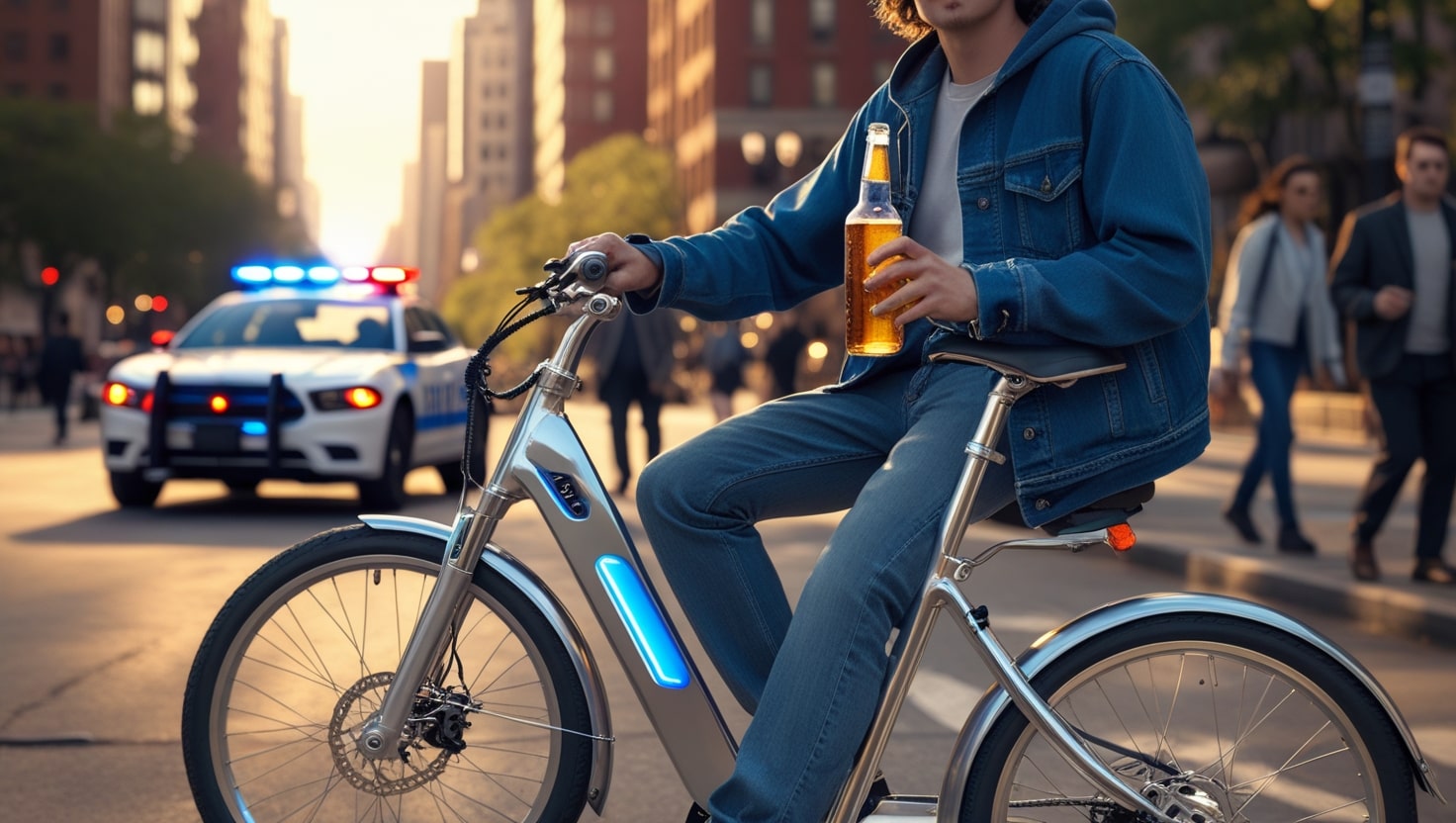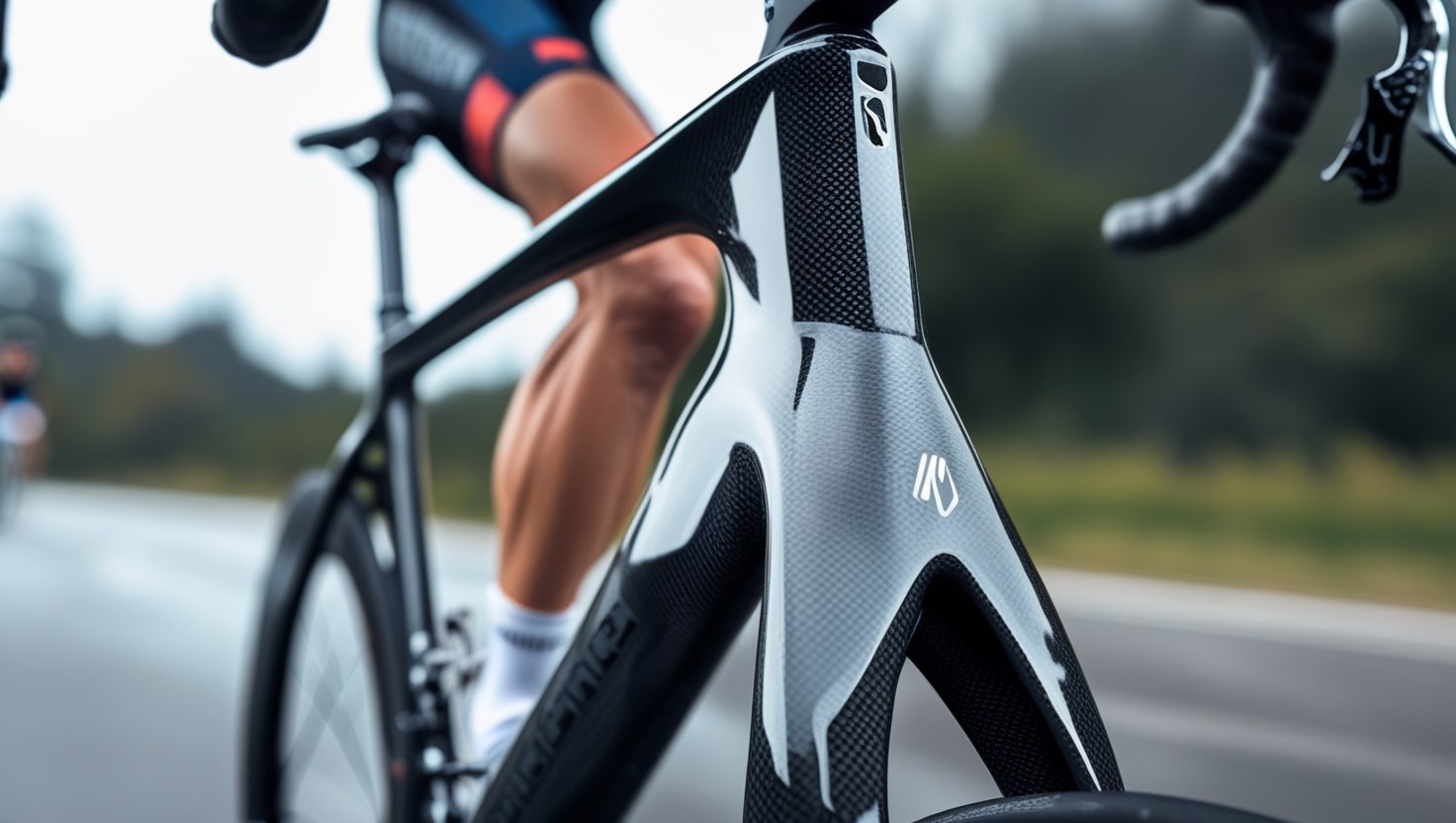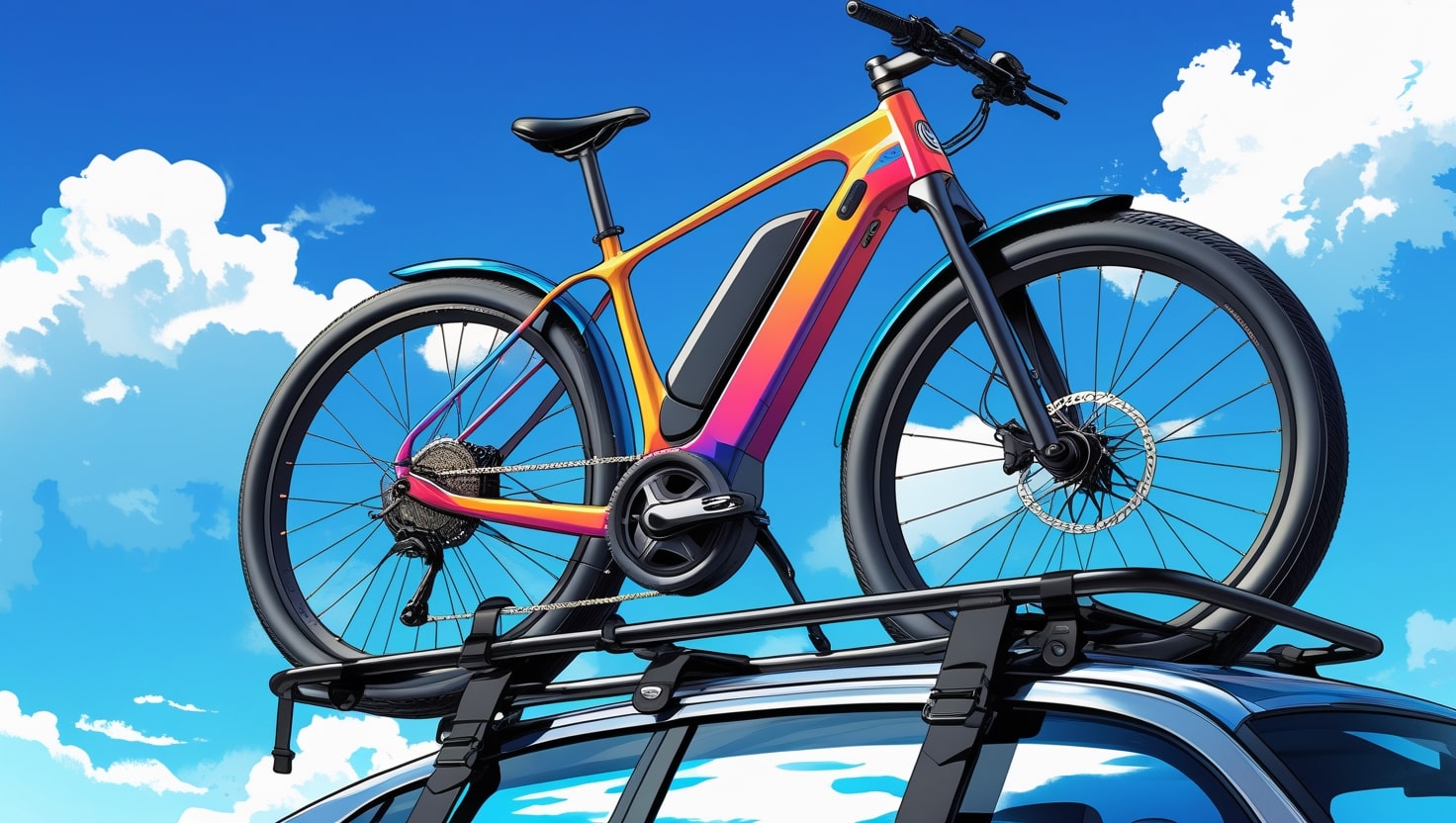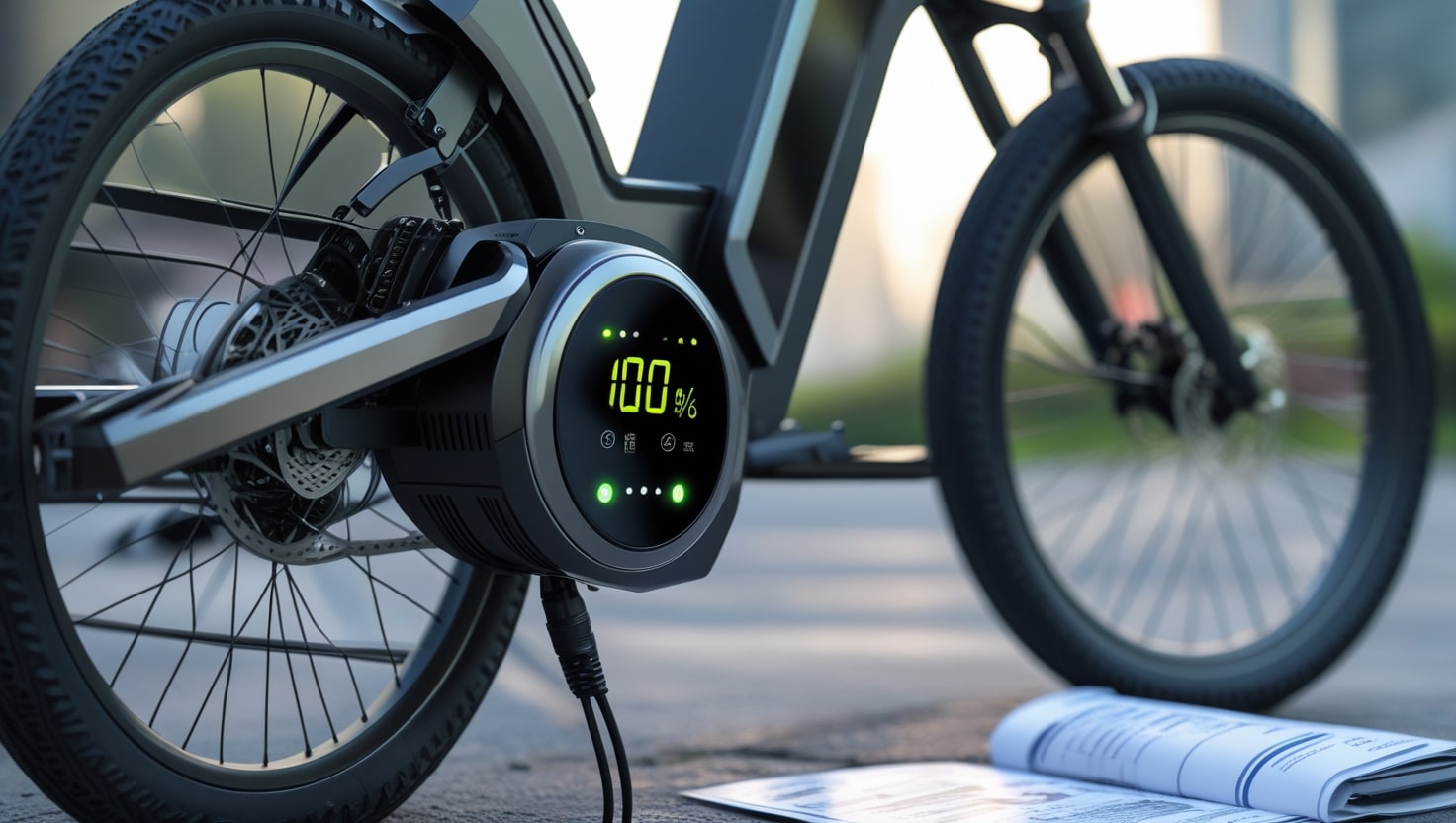As someone who’s been through the thrill and trouble of riding off-road, I can tell you there’s nothing worse than hitting a flat when you’re deep on the trail and losing all that momentum. Many bike owners can count on at least a few blowouts each season, and the old-school fix method—manual pumps—can be time-consuming and fiddly, especially when you’re already sweaty and short on daylight. The real answer for getting back on your route faster and easier is CO2 inflation.
A compact inflator with a couple of CO2 cartridges can top off your tires in seconds, and depending on your tire volume, knowing how many CO2 cartridges to fill a bike tire is crucial. From personal experience, one 16g cartridge usually handles one 700c road tire or a 27.5″ mountain tire, but larger volumes or tubeless setups may need more. CO2 heads make the whole process slick, cutting down hassle and getting you moving again almost instantly.
What are the parts of a CO2 inflator?
After using different CO2 units on trails and during long road rides, I’ve learned that knowing the parts of your inflator setup makes the process of inflate a tire much smoother. The main parts are the cartridge, which contains the compressed gas, and the inflator head or nozzle—an essential device that attaches to the valve stem. The head can be screwed or pressed onto the cartridge, and whether it’s threaded or non-threaded depends on what the inflator prefers.
Some inflators require the cartridge to be attached by screwing it in, while others just push it into place. The first thing I always check is compatibility, and the second is making sure the flow is reliable. Once you understand these basics, figuring out how many CO2 cartridges you need feels a lot less intimidating.
What are CO2 cartridges?

From countless roadside flats to unexpected trail stops, I’ve learned the real value of CO2 cartridges—these small, handy cans are filled with pressurized carbon dioxide gas and are a game-changer when it comes to getting a tire back to riding shape. Each one can quickly fill your tire with minimal effort, especially when compared to using a manual pump, which takes more time and physical energy.
Despite their compact size (some are no bigger than your thumb), they contain enough pressure to restore air almost instantly. I always store a couple in my saddle bag and stash a few extras at home. When attached to the valve, they release the gas fast and cleanly—no hassle, no bulk, just efficiency when you need it most.
What are threaded and non-threaded cartridges?
Over time, I’ve learned how important it is to match the cartridge style to the inflator head you’re using—and this one point can make or break your ride. Threaded cartridges have threads built into their design, so they can be screwed securely into the head, which feels more stable on rough terrain.
Non-threaded options, though, are simply pushed or pressed in and then pierced to release the CO2, which can be quicker for some setups. The key is to remember what type your inflator supports before heading out, because nothing’s worse than having the wrong cartridge when you need air fast.
Can you control the flow of the gas?
When it comes to getting the most out of each CO2 canister, it really depends on the type of inflator head your setup uses. Some basic units dispense air the moment the cartridge is pierced, which can lead to lost gas and leave riders feeling frustrated if they’ve wasted their only shot. I’ve been there—learning the hard way.
That’s why I now use an advanced inflator that’s equipped with flow control features. These let you start or stop the release of gas on demand. Many cyclists prefer inflators with modern technology that lets them choose between twist-to-inflate, push-to-inflate, or trigger-based methods, all of which offer a more controlled and efficient inflation experience.
How do you know what size cartridge to get?

Figuring out the right CO2 cartridge for your bike really comes down to knowing your tire sizes and the air pressure they require. For road bikes or standard bicycle tires, a 16 gram cartridge is usually enough to get you back on the road. If you ride mountain, fat, or high-volume 29ers, you’ll need larger units like 20 gram cartridges to properly inflate the tire. The goal is to avoid wasting a cartridge that’s too small or carrying extra units that aren’t necessary. A good way to understand what’ll work for your setup is to reference an inflation chart, which helps match tire size with the correct cartridge.
From personal experience, CO2 inflators are super convenient, especially when you want to get rolling faster without using a bulky floor pump. Before you start using them, make sure to go over the essentials—how to attach the inflator, how much pressure your tires need, and what size cartridge you should bring. Once you have the correct setup, your rides will be smoother, quicker, and way less stressful if a flat happens.
CO2 Tire Inflation Chart
When figuring out how many CO2 cartridges you’ll need for a tire, it helps to look at a reliable chart that shows approximate pressure based on different cartridges. These values can vary depending on several factors like altitude, temperature, and even differences between tire manufacturers. From my experience, it’s useful to remember that Carbon Dioxide (CO2) behaves differently than regular air molecules.
CO2 molecules are smaller, which means they permeate through innertubes made of butyl rubber or latex rubber much faster, often leaving the tire underinflated within 24 hours. Whether you’re inflating at sea level or higher altitudes, and in hot or cold ambient conditions, checking an inflation guide is essential to avoid surprises. Knowing how rubber, CO2, and pressure interact really helps you plan ahead.
| Tire Size | 16 gram CO2 Cartridge | 20 gram CO2 Cartridge | 25 gram CO2 Cartridge |
|---|
| 700C x 23 | 130 PSI | 80 PSI (half) | 90 PSI (half) |
| 700C x 25 | 110 PSI | 135 PSI | 150 PSI |
| 700C x 28 | 90 PSI | 110 PSI | 125 PSI |
| 700C x 35 | 60 PSI | 70 PSI | 80 PSI |
| 700C x 40 | 40 PSI | 45 PSI | 50 PSI |
| 20″ x 2.0″ | 50 PSI | 60 PSI | 70 PSI |
| 24″ x 2.0″ | 40 PSI | 50 PSI | 60 PSI |
| 26″ x 1.95″ | 30 PSI | 40 PSI | 50 PSI |
| 26″ x 2.0″ | 25 PSI | 35 PSI | 45 PSI |
| 26″ x 2.5″ | 20 PSI | 30 PSI | 40 PSI |
| 27.5″ x 2.0″ | 24 PSI | 32 PSI | 36 PSI |
| 27.5″ x 2.25″ | 22 PSI | 26 PSI | 32 PSI |
| 29″ x 2.0″ | 30 PSI | 42 PSI | 46 PSI |
| 29″ x 2.5″ | 25 PSI | 30 PSI | 35 PSI |
| 700C x 25 (recheck) | 110 PSI | 135 PSI | 150 PSI |
Source: crossroadscyclingco.com
Related: What Is ERG Mode?








